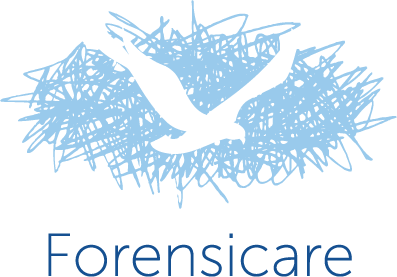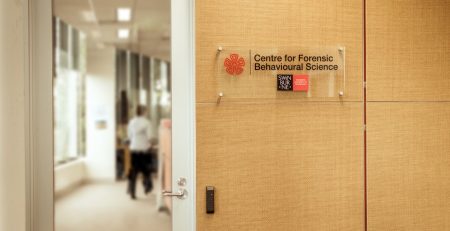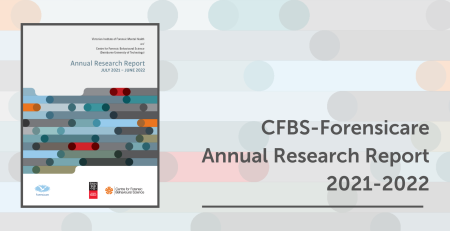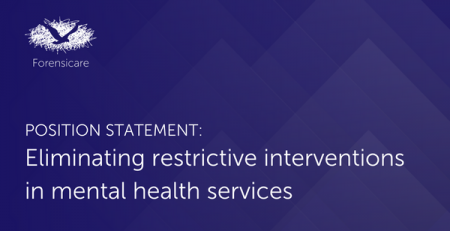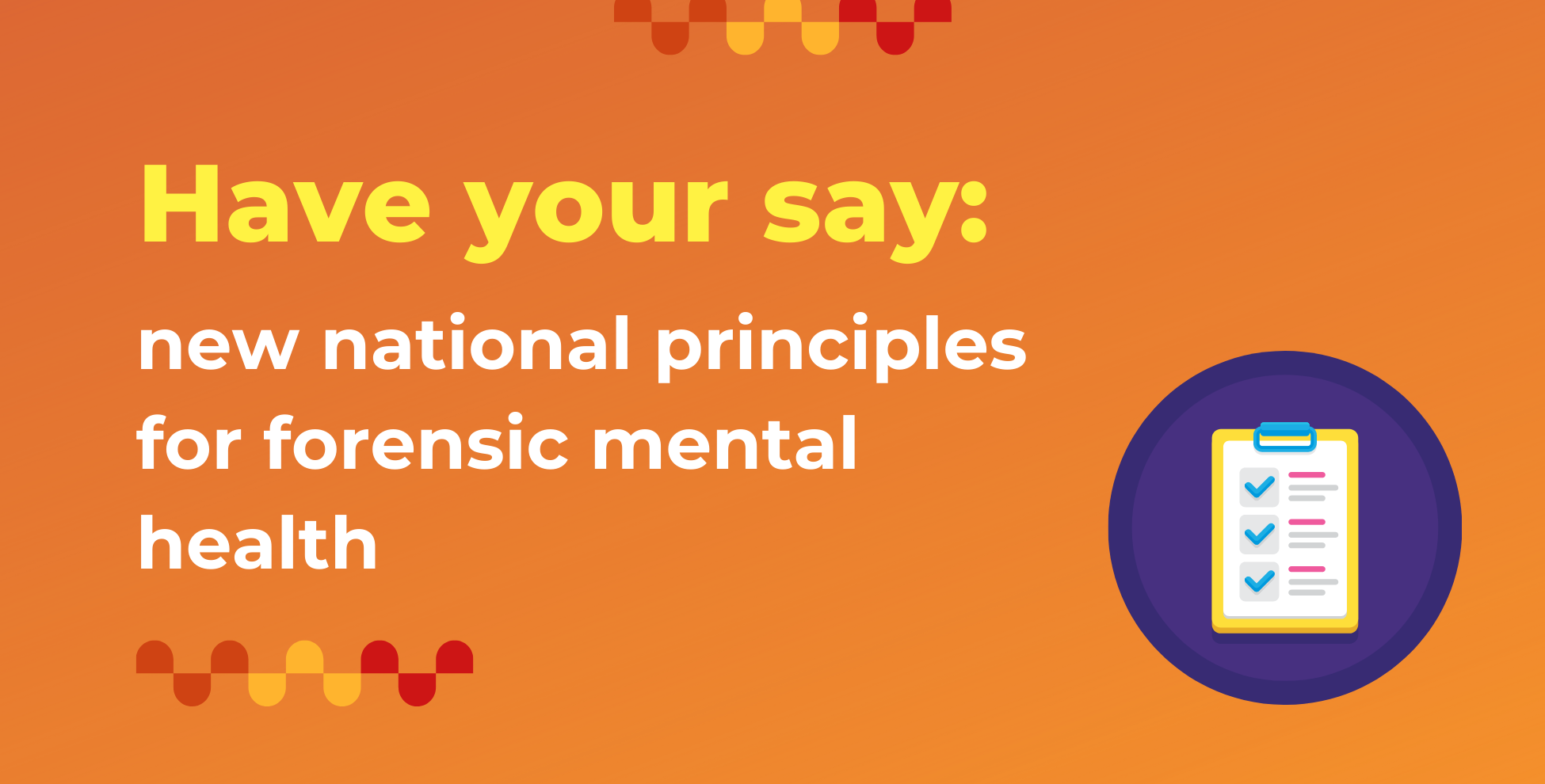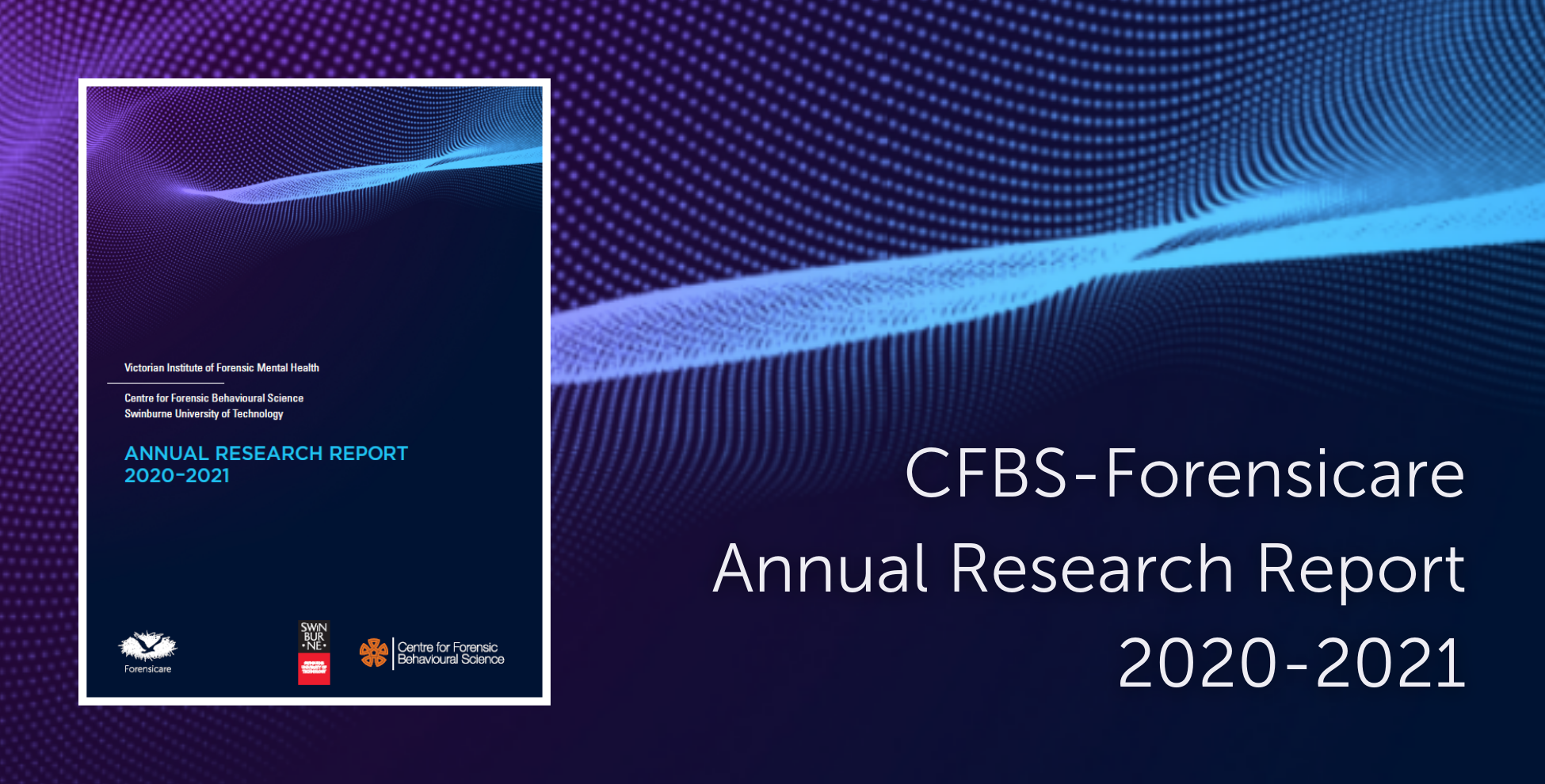Forensic mental health clinicians endorse telehealth, but the benefits must be weighed against potential limitations.
Before the coronavirus pandemic, the use of telehealth services was already on the rise. But with the onset of the pandemic, their use rapidly skyrocketed.
Last year, Centre for Forensic Behavioural Science researchers – Professor Michael Daffern, Dr Daniel Shea, and Distinguished Professor Jim Ogloff – found themselves watching the swift uptake of telehealth services across the world.
Professor Daffern said that they immediately understood the need for more research to evaluate their use in the forensic mental health space to assess and treat consumers.
“It’s clear that telehealth services are here to stay but it also raises a lot of questions. If we need and want to keep using these technologies, how can we get the best outcomes for consumers and provide services in a reliable and appropriate way?” Professor Daffern said.
So rather than baking sourdough, the team developed a survey for forensic psychiatrists and psychologists to help answer some of these questions.
A survey to gather the experiences of those using telehealth services
Following the distribution of the survey, the team gathered the insights of 295 forensic psychiatrists and psychologists based primarily in Australia, the USA, New Zealand, Canada, and the UK.
What they discovered, was that through the ups and downs of lockdowns, many forensic practitioners also discovered the pros and cons of these technologies.
Whilst many have celebrated the increased convenience, flexibility and increased safety, others have raised concerns about some potentially negative impacts on their therapeutic relationships and assessments, as well as the dreaded technical issues.
Merits of telehealth services
Dr Shea said that forensic mental health clinicians reported a range of benefits to using telehealth services.
“Many found using telehealth services more efficient, convenient and flexible. They made it easier to schedule and reschedule appointments, and reduced travel time, expenses and cancellations,” Dr Shea explains.
“Many clients were also easier to reach via telehealth, including those in regional areas and in prison. This supported the continuity of care and made it easier to facilitate more frequent sessions, which has been particularly supportive to those really struggling with their mental health at the moment.”
“Finally, many clinicians observed that their clients were more relaxed in their normal environments and that this helped them to facilitate a better session.”
Limitations of telehealth services
Professor Daffern said that while most participants were satisfied with the use of telehealth services, they also highlighted a range of issues.
“On the whole, we found that clinicians did not believe the use of telehealth compromised the standard of their mental health state examinations, however, some psychologists and psychiatrists reported that the therapeutic relationships they shared with consumers were less satisfactory when compared to face-to-face sessions and that some aspects of the mental status examination were more difficult to assess. Also, some of the personal qualities can make remote working more difficult, like hearing impairments or communication difficulties for example, where you need to have really clear non-verbal communication. Clearly, we need to match the way we are working to the clients’ needs and preferences.”
“Many also raised privacy issues around avoiding and managing the risk of being overheard, by prison staff or other household members. This could often be addressed at the start of the session but was sometimes quite hard for some people to work around.”
It’s also not surprising that for a telehealth session to be successful both clinician and client needed access to the right hardware and software. Many participants reported that technical issues, such as the internet cutting out, could interrupt sessions and cause frustration, while if a client didn’t have access to appropriate technology such as a computer with a microphone, it could result in a less satisfactory session.
Training is needed to ensure best practice
Dr Shea said that a really important aspect of clinicians having confidence in, and satisfaction with, using telehealth services was training in and experience with using them. Yet fewer than half of the participants had received training and professional development to improve their performance.
“This may reflect the speed at which most clinicians had to abandon their usual face-to-face methods and start using telehealth services. But these services are here to stay, so it also highlights the need to develop training programs and best-practice guidelines for their continuing use,” Dr Shea said.
“This way when “best case” is not available, we know that the best-available solution can be offered.”
The full survey results have been published in an article titled Remote Forensic Evaluations and Treatment in the Time of COVID-19: An International Survey of Psychologists and Psychiatrists in Psychology, Public Policy and Law.
